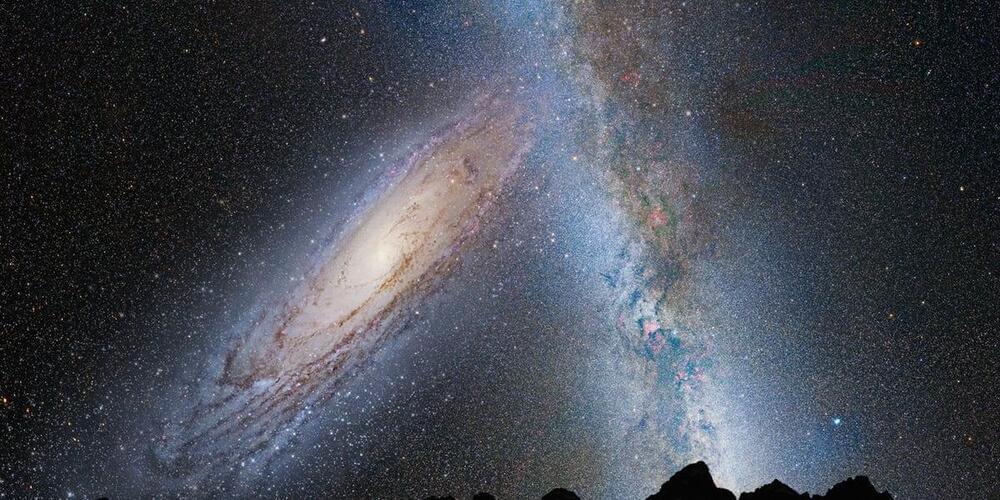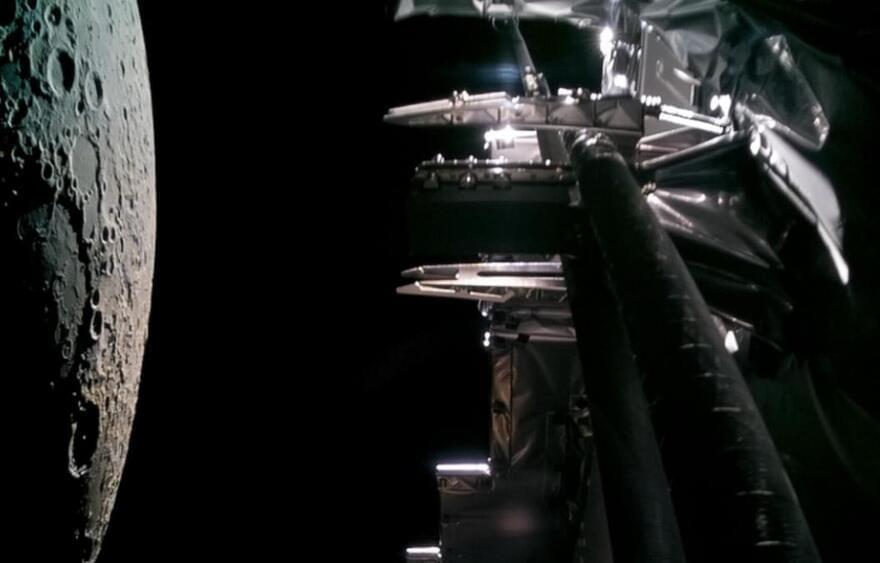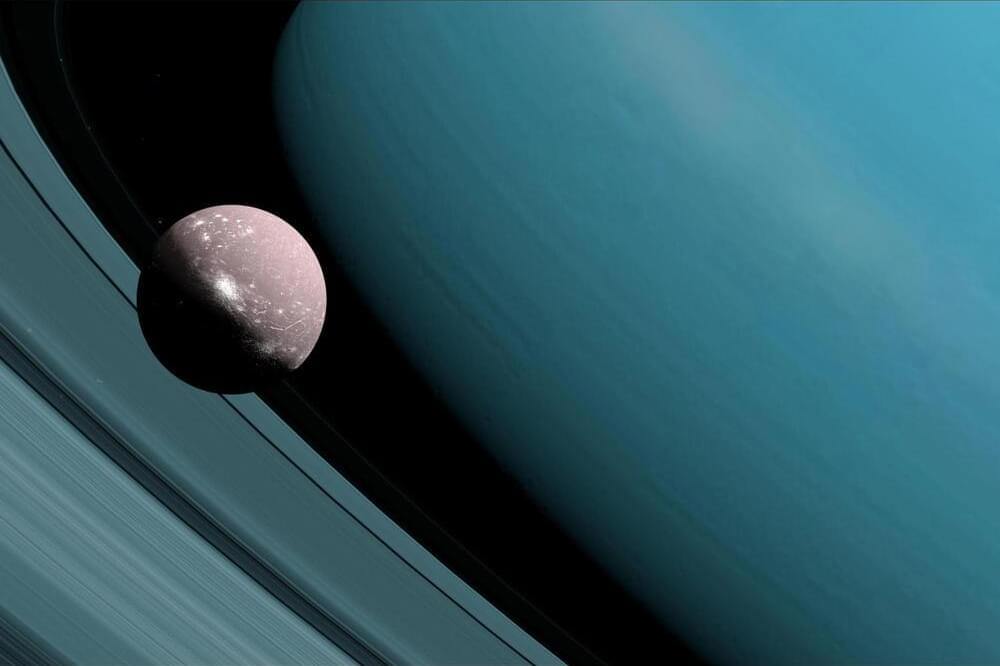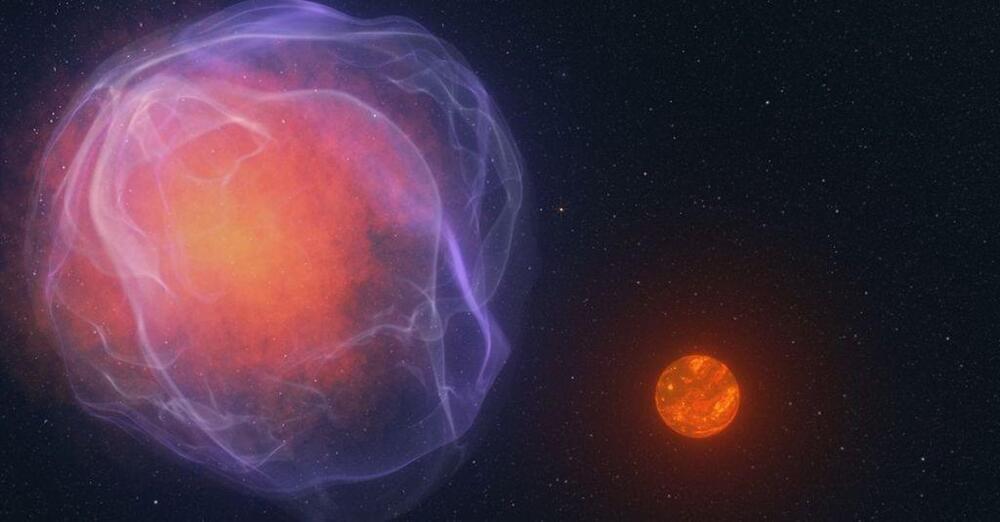Scientists say there’s a 50/50 chance that our Milky Way galaxy will collide with the Andromeda galaxy. Would you take those odds?


An exploration of new work done at Arecibo regarding the infamous Wow! Signal of 1977 that seems to account for all aspects of the observed signal but turned out to be a very strange natural event that isn’t likely to repeat often that is analogous to a lightning flash in a hydrogen cloud in interstellar space.
My Patreon Page:
/ johnmichaelgodier.
My Event Horizon Channel:
/ eventhorizonshow.
Links:

Researchers using China’s FAST telescope have uncovered six distant galaxies rich in hydrogen and star-forming potential, significantly advancing our understanding of the early universe.
Dr. Hongwei Xi from the National Astronomical Observatories of the Chinese Academy of Sciences (NAOC) and his team have discovered the characteristics of six newly identified high-redshift galaxies. This discovery was made using the Five-hundred-meter Aperture Spherical radio Telescope (FAST) located in Guizhou Province, China. Their findings were published in The Astrophysical Journal Letters.
These remarkable galaxies, whose radio wave emissions have taken almost the age of the solar system to reach us, contain amounts of atomic hydrogen gas that are more than that of the tens of thousands of galaxies previously surveyed in the local universe using other radio telescopes.


Jupiter Power, an Austin-based energy developer, owns and operates the project at Hiram Clarke Road and U.S. 90 at the site of the former H.O. Clarke gas-fired power plant. It’s a 200-megawatt facility, enough to power 50,000 Texas homes during the hottest summer days, with the ability to discharge power at maximum capacity for two hours.
On any given day, the Houston area must import about 60% of its needed electricity from other parts of the state where power plants are more plentiful. This often results in a phenomenon known as congestion: Low-cost electrons are clogged on power lines into Houston much like commuters on the highway during rush hour, which raises the wholesale cost of electricity in the region. These wholesale price spikes are initially paid by retail electric providers and can eventually be passed onto consumers.

A spacecraft just sped between Earth and the moon, en route to the deep solar system.
And as it zipped by the cratered lunar orb on Aug. 19, the European Space Agency’s Juice mission snapped views of the 21st-century space scene.
“Sometimes the journey is just as worthy as the destination,” ESA director Josef Aschbacher posted online. “As humankind embarked on the monumental first lunar-Earth flyby, @ESA’s Jupiter Icy Moons Explorer (Juice) mission captured a breathtaking glimpse of our natural satellite.”
ESA’s Jupiter Icy Moons Explorer (Juice) has successfully completed a world-first lunar-Earth flyby, using the gravity of Earth to send it Venus-bound, on a shortcut to Jupiter through the inner Solar System.
The closest approach to the Moon was at 23:15 CEST (21:15 UTC) on 19 August, guiding Juice towards a closest approach to Earth just over 24 hours later at 23:56 CEST (21:56 UTC) on 20 August.
As Juice flew just 6,840 km above Southeast Asia and the Pacific Ocean, it snapped a series of images with its onboard monitoring cameras, and collected scientific data with eight of its ten instruments.

Computer modeling shows how macromolecules form quickly in gas & dust disks around young stars, aiding understanding of exoplanet.
Astronomers explain #Rapid #Formation of #Organic #Macromolecules in #Protoplanetary #Disks around #Young #Stars.
An international team of researchers led by the University of Bern has used observation-based computer modeling to find an explanation for how macromolecules can form in a short time in disks of gas and dust around young stars. These findings could be crucial for understanding how habitability develops around different types of exoplanets and stars.
Organic macromolecules are regarded as the building blocks of life, as they are of crucial importance for the life-friendly carbon and nitrogen composition of the earth.
Planetary scientists have long assumed that the organic macromolecules that make the Earth suitable for life come from so-called chondrites. Chondrites are rocky building blocks from which the Earth was formed around 4.6 billion years ago and which we know today as meteorites.


Most familiar stars peacefully orbit the center of the Milky Way. But citizen scientists working on NASA’s Backyard Worlds: Planet 9 project have helped discover an object moving so fast that it will escape the Milky Way’s gravity and shoot into intergalactic space. This hypervelocity object is the first such object found with the mass similar to or less than that of a small star.